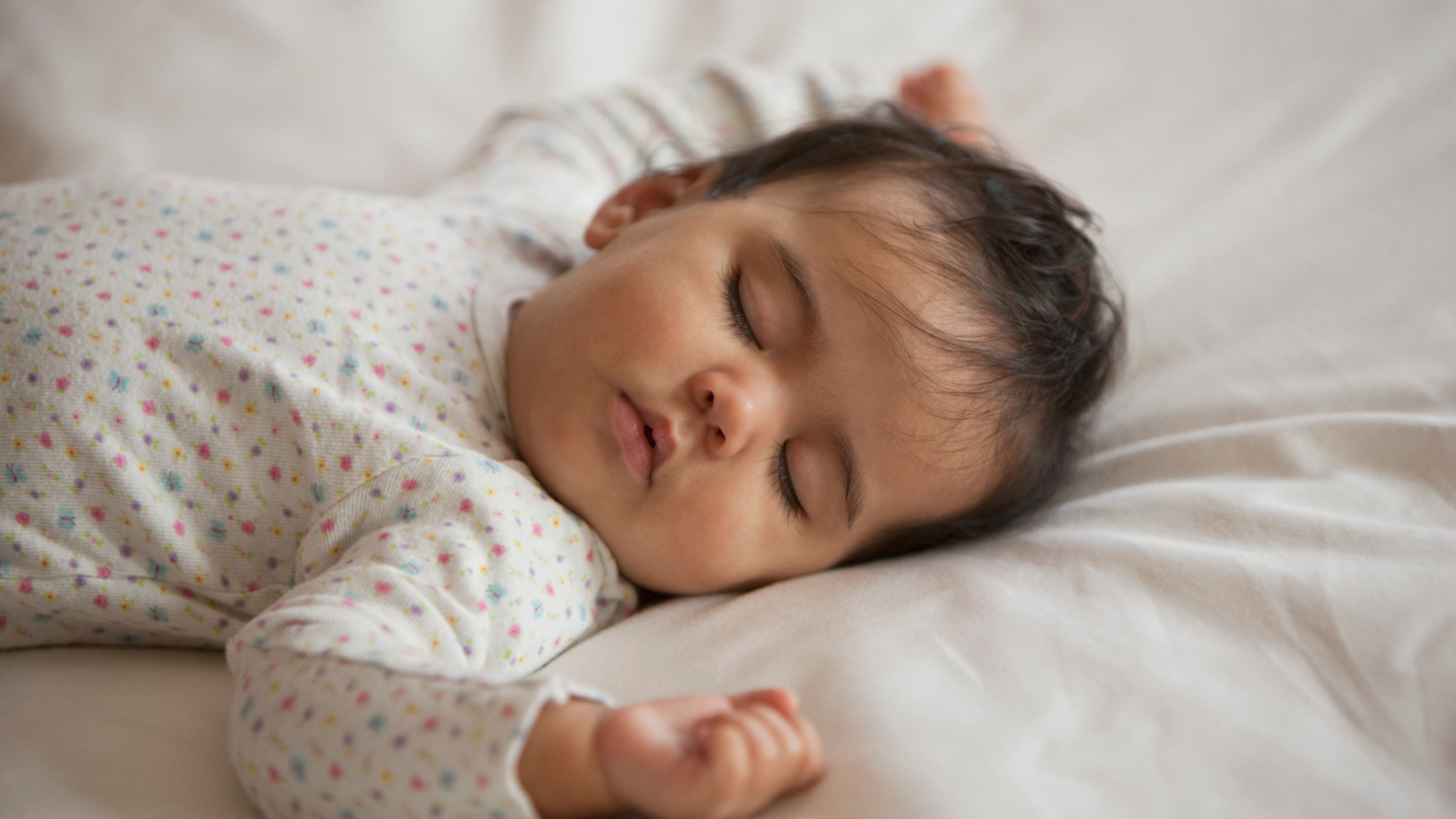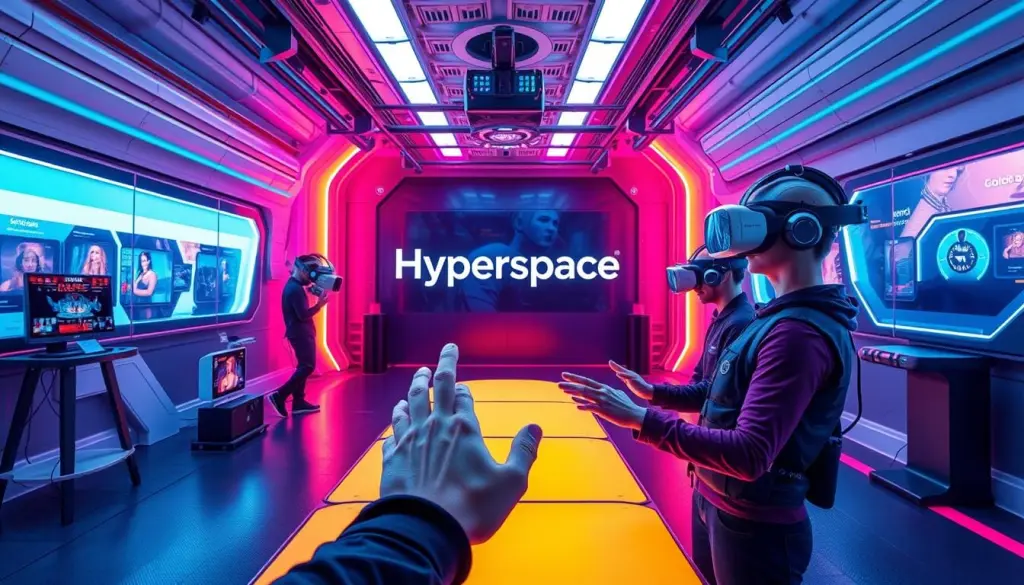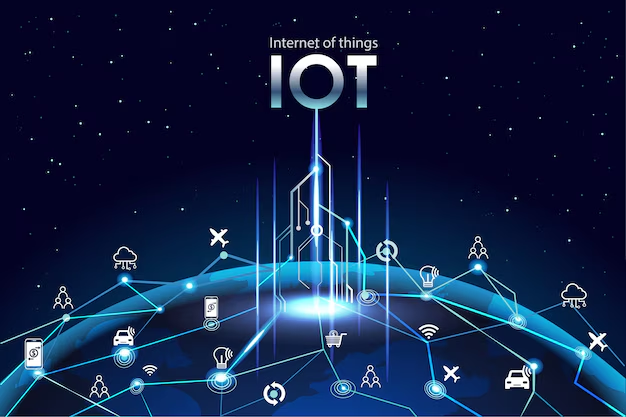“Sleeping with Danger: Toxic Chemicals Lurking in Your Baby’s Bed”
🧩 1. Introduction:
“Sleeping with Danger:
Emotional hook: Imagine your child’s safest space not being safe.
Real-life parent story or imagined scenario
Quick stats (from studies) on child exposure to indoor chemicals
Promise of the article: uncover truth, empower with knowledge, suggest solutions
“chemicals in baby mattress”, “safe sleeping environment for children”, “toxic materials in crib”
🧠 2. Why It Matters More Than Ever: Sleeping with Danger
“Sleeping with Danger:
Why children are more vulnerable (e.g. breathing faster, developing bodies)
Explanation of sensitive sleep stages and developing organs
Cumulative exposure: even small traces matter
Supporting studies (including ACS & others)
🏠 3. There Are These Chemicals Hiding: Sleeping with Danger
Flame retardants in mattresses and pajamas
VOCs from paints, furniture, plastics
Formaldehyde, phosphates, PFAS explained in simple terms
Link with poor air circulation, especially in closed rooms
🔬 4. Inside the Study: What Researchers Found
Summary of the ACS in-home study
Types of chemicals found
Methods used to collect data (air samplers, dust tests)
Results: shockingly high levels in many homes
📈 5. Health Risks: Short-Term and Long-Term
Asthma, allergies, eczema
Underdevelopment impact (ADHD, learning delays)
Endocrine disruption: hormonal imbalance
Psychological effects from chronic discomfort
🌿 6. What t do Parents Do?Cal Solutions
How to choose a non-toxic crib/mattress
Safe bedding materials (organic cotton, bamboo)
Air purifiers, ventilation, houseplants
Non-toxic wall paints and flooring
Cleaning routines to reduce dust & VOCs
Toy safety tips
🧪 7. Tech Innovations: New Materials, Sensors & Smart Solutions
Smart baby monitors that track air quality
VOC sensors for nurseries
Green-tech mattresses: Eco-friendly materials
AI-based home environment scanning tools
Companies creating chemical-free baby products
How tech innovation is driving safer spaces for kids
(This aligns your tech niche with parenting/health concern)
🔄 8. Replacing the Bad: Safe Alternatives Checklist
Table comparing toxic vs non-toxic items
Certifications to look for (PEKOE-TEX, GREEN GUARD)
Top recommended brands & products (no direct sales, just informative)
🧑⚕️ 9. What Doctors & Experts Say
Pediatrician quotes on chemical exposure
Environmental health expert insights
Interview-style Q&A format
📊 10. Stats, Surveys & Real-World Reports: Sleeping with Danger
Latest data from EPA, WHO, and local studies
Survey results: what parents actually know (and don’t)
Visual info graphics or tables (can help later if you want)
💬 11. Real Parent Voices: Stories That Matter :Sleeping with Danger
2–3 real or fictionalised case studies: parents who changed sleep spaces
Improvements noticed (e.g. better breathing, fewer rashes)
🌎 12. Global Perspectives: How Other Countries Handle It
EU bans on certain flame retardants
Organic baby movements in Sweden, Germany, Japan
Policy differences compared to US/Pakistan/India/etc.
📣 13. Advocacy & Action: What You Can Do Today
Petitions, local environmental groups
How to contact brands and push for transparency
Educating others in your community
🧭 14. The Future: AI, Regulation & Safe Innovation
Where tech is headed in home health
Role of AI in predicting chemical exposure
Hopeful trends in product safety & policy
🔚 15. Conclusion: Creating a Safer Sleep Space.
Sleeping with Danger: Every parent wants to keep their child safe. We do our best.Wee think carefully about every choice, and we try to create a healthy home. But sometimes, the risks are quiet and hard to see hiding in the very places we trust the most.
Your child’s bed should be a place of rest and healing. But if the matt is broken, the matt should be a place of rest and healing.Ress, paint, or even pajamas are releasing harmful chemicals, which can quietly harm them. Sleeping with Danger
This article halves:s shown that everyday items, from crib foam to soft toys, can release toxins like formaldehyde, VOCs, and phosphates.May affect breathing, brain development, and even long-term health.
The best part:We can make a difference.
With the right tools. Knowledge, we can make small changes that have a big impact. Choosing organized fabrics, airing out rooms, avoiding plastic where possible; these steps matter.
We have also used fabrics.Learn how technology can help: smart monitors, safer materials, and green innovations are giving parents more control and better choices.
You do not need to. To be perfect. You just need to be perfect.o be aware. Start with one. Start with someone room. And little by little. Ittle, we can make our homes safer places for our kids.
Talk to other people Are not Share what you know. Learn. Ask questions. Brands and products makers are more likely to change when we speak up together.
Remember: Baby’s health does not begin in the clinic. It begins at ho-because sleep sucked.How This Affects:s Real Families: A Deep Look into Daily Life
Purpose:
This bridges the technical/health data and the solutions. It humanizes the problem.E problem by showing how exposure affects real-world families, their routines, and emotional health. It strengthens Reader trust and empathy.
✨ Content Summary: Sleeping with Danger:
🛏️ What a Normal Day Looks Like for a Family
Describe a fictional yet relatable family (e.g., parents with a 6-month-old baby living in an apartment)
Trace chemical exposure through daily habits: using air fresheners, lying the baby on the bed, dusting with scented sprays
Highlight unintentional choices that increase risk
Sleeping with Danger
💬 2. Parents’ Emotional Burden
Constant anxiety about “doing the right thing”
Stress from not knowing what’s harmful
Overwhelm from too many parenting choices (tech, health, nutrition)
Sleeping with Danger
🔎 3. Generational Gaps In Awareness
Comparison: grandparents saying “We used to do this and we were fine”
How modern synthetic materials differ significantly
Shift in household chemical use over decades
Sleeping with Danger
🧠 4. Cognitive Load for Modern Parents
Constant research fatigue: “Is this safe “Is that certified”
Balancing convenience vs safety
The emotional toll of trying to create a chemical-free space
Sleeping with Danger
💔 5. Unexpected Outcomes
Example: baby has chronic rash, which doctors can’t explain
Turns out its due to detergent residue + off-gassing crib foam
Emotional aftermath: guilt, frustration, resolve to change
Sleeping with Danger










Leave a comment